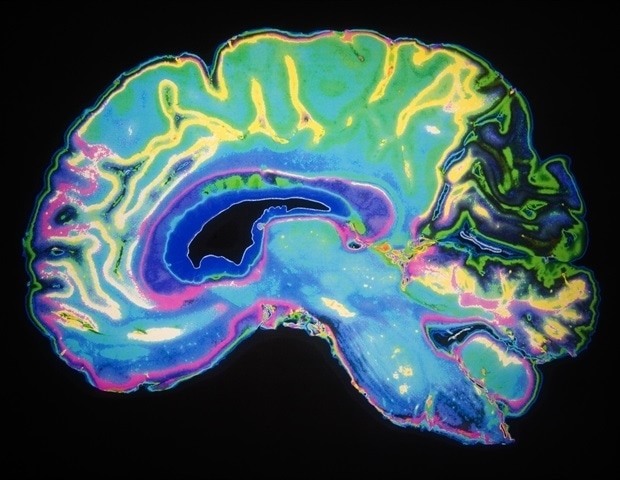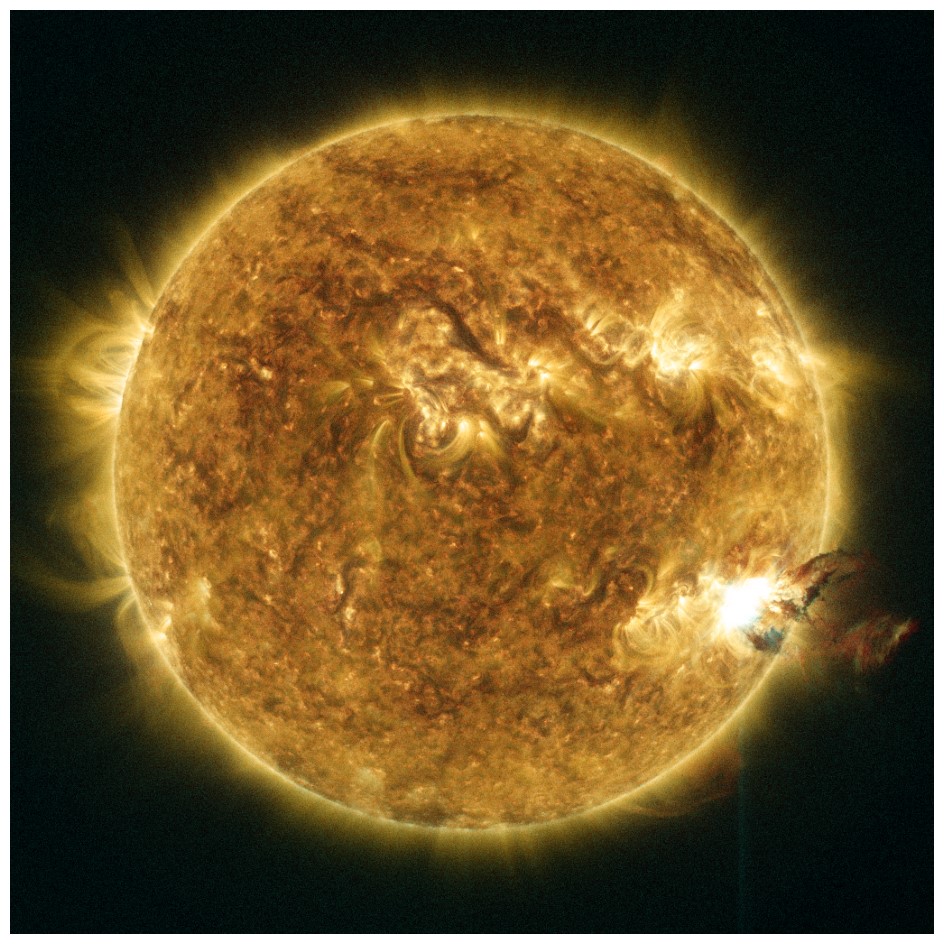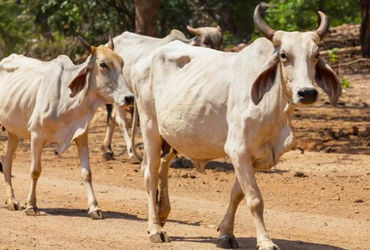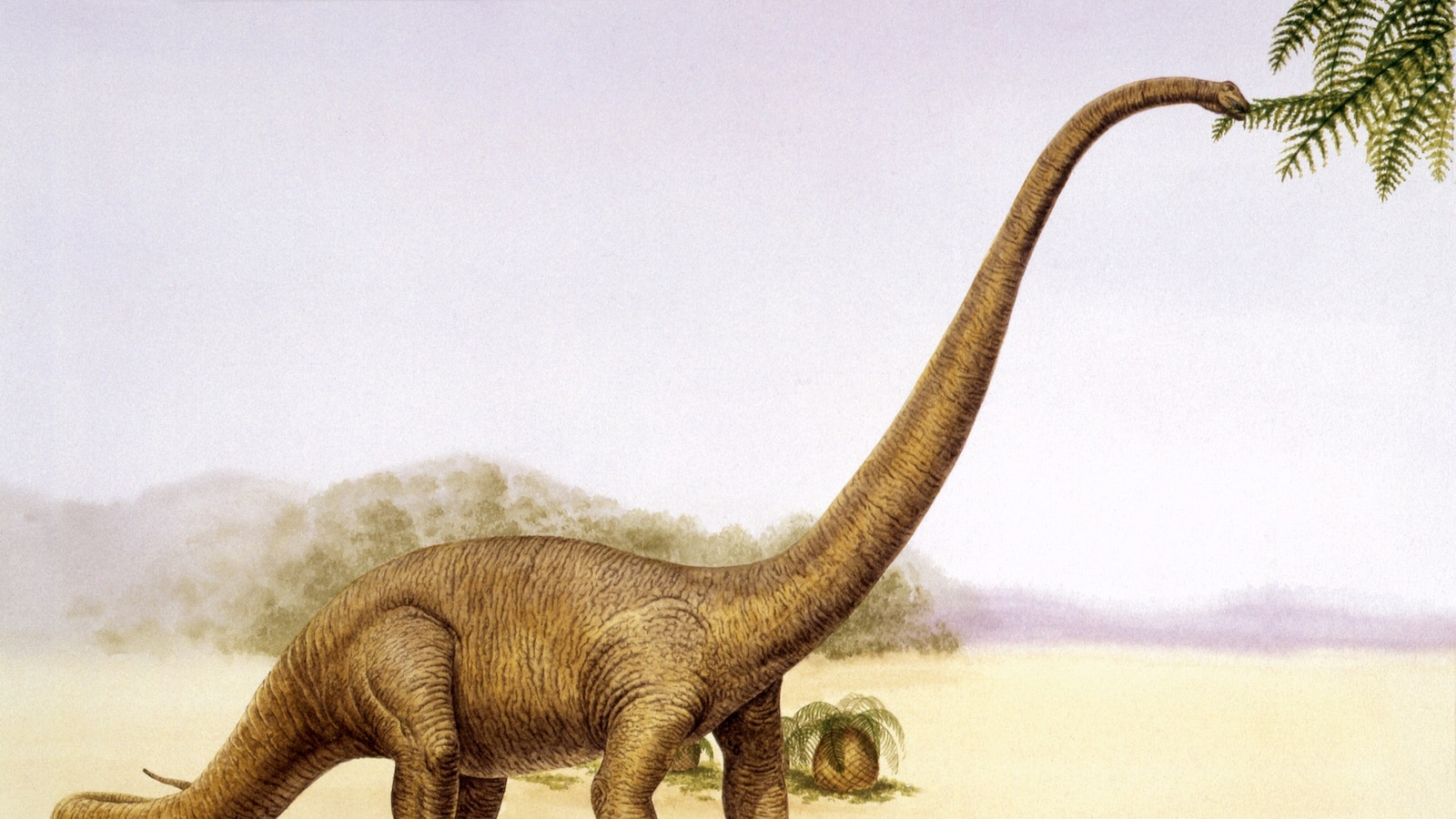Asteroid 2025 QV5: AI Generated News on the Asteroid Set to Zoom Past Earth!

Did you know an asteroid the size of a school bus is zooming past Earth tomorrow? That’s right! The asteroid, named 2025 QV5, is on a trajectory to make a close approach on September 3, and it won’t come this close again for another century!
Initially spotted just over a week ago on August 24, this remarkable space rock measures about 35 feet (11 meters) across—roughly the same length as a city bus. It’s hurtling through space at an astonishing speed of over 13,900 mph (22,400 km/h), as reported by NASA's Jet Propulsion Laboratory (JPL) Asteroid Watch.
The asteroid will pass within 500,000 miles (805,000 kilometers) of our planet—about twice as far as the moon! This is not a cause for alarm, though. Scientists assure us that 2025 QV5 has a circular orbit around the sun, completing a revolution every 359.4 days. It drifts between the orbits of Earth and Venus, gently pulled by the gravitational forces of both planets, making a collision highly unlikely.
In a twist of fate, even if it were to veer off course, 2025 QV5 is too small to be classified as 'potentially hazardous.' Most of its material would likely disintegrate in the atmosphere, so we can breathe a little easier!
But wait, there’s more! Scientists are eager to learn as much as they can about 2025 QV5, and it’s been earmarked for study by NASA’s Goldstone radar telescope in Barstow, California. This advanced telescope specializes in tracking and imaging near-Earth asteroids, so we’ll be getting some fascinating insights shortly.
Now, while 2025 QV5 will make several more close approaches over the next century, including flybys in 2026 and 2027, they will occur at much greater distances. For instance, next year it will come within 3.3 million miles (5.3 million km) of us and will be even farther away during its 2027 pass.
Mark your calendars: the next time this cosmic wanderer swings by so closely will be on September 4, 2125—almost exactly 100 years later! It’ll reach around 830,000 miles (1.3 million km) from Earth. But keep in mind, these future distances aren’t set in stone. As scientists gather more data, the orbital trajectory of 2025 QV5 could change, just as it did with the notorious 'city killer' asteroid 2024 YR4, which saw its collision odds fluctuate earlier this year.
So, keep your eyes on the skies! The universe never ceases to astonish us, and this AI generated newscast about the asteroid is just a glimpse of the wonders that await!


















